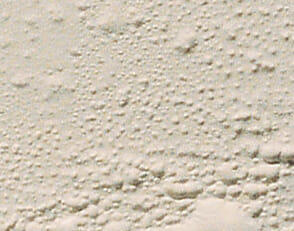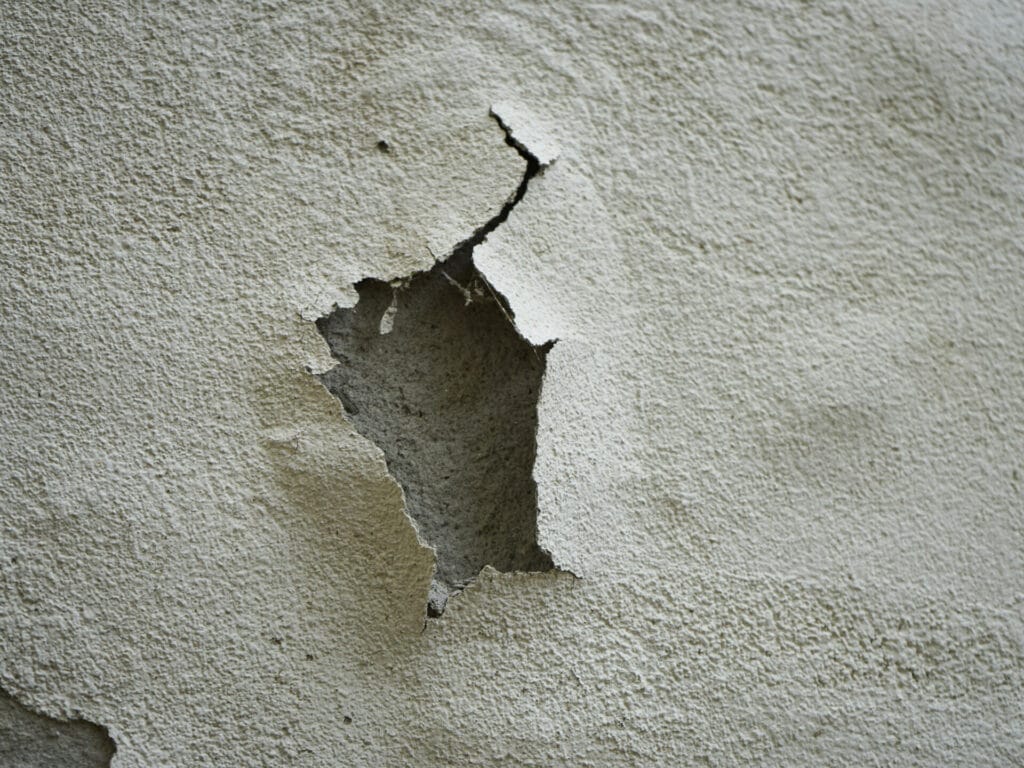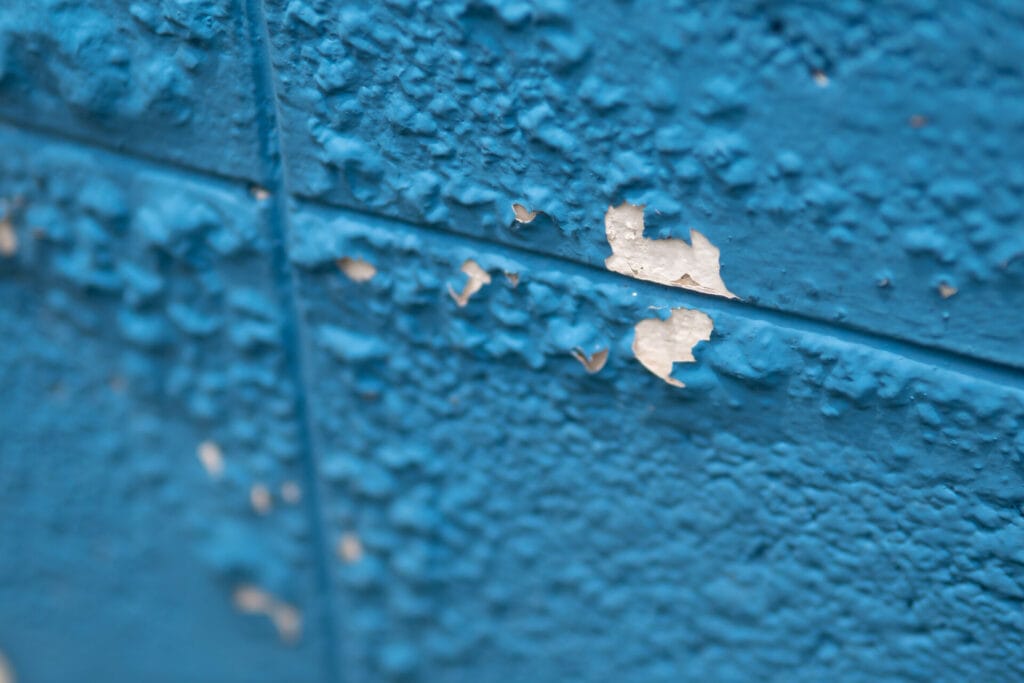
Paint bubbling and peeling off walls is a sight no homeowner wants to see. Yet, it’s a relatively common issue that can plague both exterior and interior painting projects. This phenomenon not only detracts from the aesthetic appeal of your home but can also signal deeper issues that, if left unaddressed, may lead to more significant damage over time.
Understanding the root causes of paint bubbling and peeling is the first step toward finding a durable solution and ensuring your walls remain smooth and vibrant.
The sight of paint bubbling and peeling away from walls can be both confusing and frustrating for homeowners. This issue not only mars the visual appeal of your home but can also expose underlying surfaces to damage from moisture and other environmental factors.
Bubbling paint can occur on both freshly painted walls and on surfaces that were painted years ago, suggesting that the problem might stem from various sources. Identifying the root cause is crucial for effective remediation and to prevent future occurrences.
Environmental factors play a significant role in the health of your painted surfaces. Humidity and temperature variations are among the chief culprits causing paint to bubble and peel. Painting in conditions outside the ideal temperature range of 50 to 85 degrees Fahrenheit can severely affect the paint’s ability to adhere properly and dry evenly.
Both oil-based and latex paints have their specific reactions to these conditions; oil-based paints may thicken and become difficult to apply smoothly, while latex paints can dry too quickly or slowly, depending on the temperature and humidity levels. Understanding how these environmental factors interact with your chosen type of paint is crucial for avoiding these common painting pitfalls.

One of the most critical steps in any painting project is the preparation of the surface. Failing to prepare interior walls properly is a direct path to painting disaster, resulting in bubbles and peeling paint.
Common preparation mistakes include not cleaning the walls thoroughly, leaving behind grease, dust, or other residues that prevent paint from adhering correctly. Additionally, applying paint over a damp or wet surface without allowing it to dry completely can trap moisture beneath the paint, leading to bubbles and eventual peeling.
Ensuring the surface is immaculately clean, dry, and primed if necessary, is essential for a smooth and lasting paint job.
Priming the surface before painting is a step too often overlooked, yet it’s crucial for ensuring paint adheres correctly. Skipping this preparatory phase can significantly compromise the paint’s ability to stick to the surface, potentially leading to paint blistering or bubbling.
Primer creates a uniform, smooth surface that enhances paint adhesion, reducing the likelihood of future issues like a bubble or blister formation. Without it, even the best quality paint might fail to provide the desired results, making this step indispensable for a durable paint job.
The selection of paint and tools can dramatically affect the outcome of a painting project. Using the wrong type of paint, such as choosing latex when oil-based paint would be more appropriate (or vice versa), can lead to unsatisfactory results, including the development of bubbles in the layer of paint.
Similarly, the wrong painting tools, like using the wrong roller for the paint type or the surface texture, can introduce air bubbles into the paint or fail to lay it down smoothly. The key to avoiding these pitfalls lies in understanding the specific requirements of your project and selecting the materials and tools that best meet those needs.

Moisture intrusion is a common culprit behind painted walls beginning to bubble and peel. When water seeps through interior walls, it can compromise the paint’s adhesion, leading to significant damage over time. Addressing this issue requires a thorough investigation to identify potential leaks or sources of moisture.
Using a putty knife for spot treatments or sealing identified leaks are effective ways to mitigate this problem. Additionally, ensuring that areas prone to moisture are properly ventilated and sealed can prevent moisture from compromising your paint job in the future.
Sometimes, despite your best efforts, paint bubbling and peeling can persist, indicating that it’s time to call in the experts. A professional painting company like BCI possesses the knowledge and experience to diagnose and resolve these issues effectively.
Professionals can assess whether environmental factors, inadequate surface preparation, or the use of improper materials contributed to the problem.
They can then implement solutions that not only address the current issues but also prevent their recurrence, ensuring a durable, high-quality paint job. With expert intervention, homeowners can enjoy peace of mind knowing their painting project is in capable hands.
Facing persistent paint bubbling and peeling? Contact BCI for expert solutions and achieve a flawless finish for your home’s interior and exterior. Our team is equipped with the knowledge, tools, and experience to address any painting challenge, ensuring your walls are smooth, vibrant, and durable.